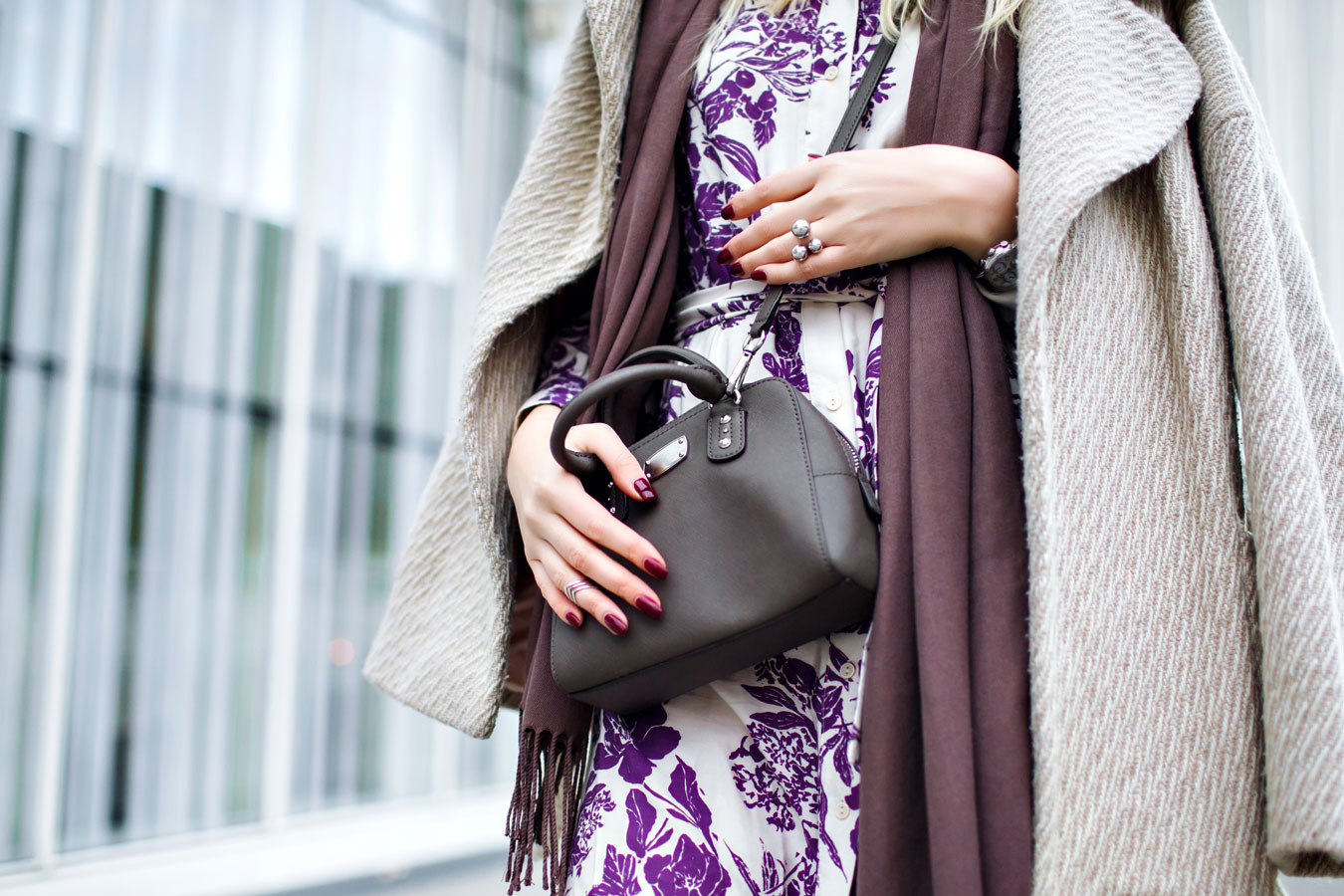Your handbag—you take it everywhere, and if you’re honest, you’d be a little bit lost without it. Packed with essentials from your purse and mobile to make-up and toiletries and other must-haves, it can weigh a ton!
Unfortunately, carrying this weight around can take a toll on your neck, shoulders, and back. So, let’s find out how your handbag affects your body and what you can do to carry your world around a little more comfortably—and safely!
How Your Handbag Can Cause Back and Neck Pain
There are a few factors that influence how much your bag will affect your body; how heavy it is, how often you wear it, and the style of your handbag. In the following sections, we take a closer look at how a typical, over-the-shoulder handbag can affect your body.
Your Handbag Hurts Your Neck and Shoulders
You’ve felt this, especially after a long shopping trip or day out. The weight of your handbag puts pressure on the muscles, soft tissue, and nerves around your neck and shoulders, which causes irritation, stiffness, pain—and even tension headaches!
You often jerk your handbag back on as it slowly slips off your shoulder. This overuse of the muscle, especially on only one side of the body, can cause extra pain, stiffness, and inflammation around your shoulder joint. It can also create various muscle imbalances, leading to injury and more pain.
Your Handbag Bends Your Back
To compensate for the heavy load on one side of your body, your spine bends slightly, leading to pain and a progressive change in your spine’s natural shape (postural scoliosis) over time. You might begin to feel this in your lower or upper back, depending on the posture you assume.
Your Handbag Changes Your Gait
When your body carries a load on one side of your body, it can impact how you walk, which, over time, can cause misalignment and pain in your joints and spine.
A few simple changes can make a big difference! How you wear your bag and the type of bag you use can provide relief and ease the pressure on your neck, shoulders, and spine.
Where Should Your Handbag Sit?
You can minimize the pain caused by your handbag by changing where it sits on your body. The healthiest way to carry a load is as symmetrically as possible, where the weight is shared evenly across both sides of your body. So, let’s look at the most common handbags and how you should hold them or wear them to reduce pain.
The Crossbody Bag
This bag allows your shoulders to relax without fear of your bag slipping off. Your arms can also move freely when you walk. They are smaller, which limits the weight they can hold. The result? Less strain and less pain.
Tip: Get into the habit of switching shoulders, even with a smaller bag.
The Backpack Handbag
A backpack distributes weight evenly across your body, and you can relax your shoulders while wearing it. Your arms are free to swing freely as you walk, encouraging a healthy gait.
Warning: Heavyweights can still hurt your body, even when perfectly balanced, so keep your bag as light as possible, as often as possible!
Make sure you stick with backpacks with thicker or wider straps to evenly distribute the weight. You also will want to ensure these straps are far enough apart and aren’t the racer-style straps that some backpacks have.
The Belly Handbag
This is a very small bag (so it might be limiting), but it can hold the essentials while placing little to no strain on any part of your body. It is the perfect option for tours and traveling—and some stylish ones are on the market today, making this a trendy and great option!
However, it’s important to wear this one correctly. Make sure it’s worn low down on your pelvis and not hanging off of your lower back (or lumbar spine).
Other Tips for a Better Posture
What more should you know? Here are a few more tips to minimize the strain on your body while walking around with your handbag:
- Reduce the weight of your handbag by carrying only the essentials
- Buy a smaller bag to help you (or force you!) to do the above
- Alternate handbags regularly—this limits stuff collecting in your bag
- Move your handbag from one shoulder to the other frequently
- Choose a bag with a broad strap—this lessens the pressure, so you avoid that “digging in” sensation.
If you’re struggling with tension and pain around your neck and shoulders, even after emptying out and changing your bag, book a discovery call to find out how to overcome this pain, and support your body in the future.
Book a FREE discovery call here: BOOK NOW

